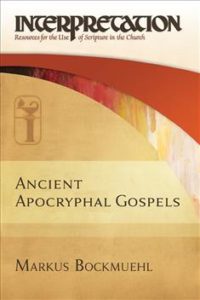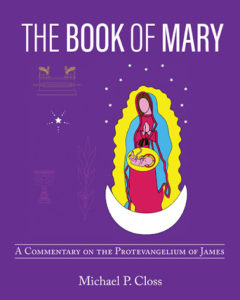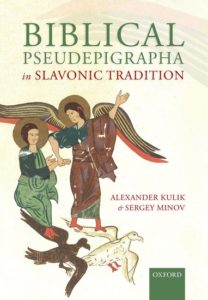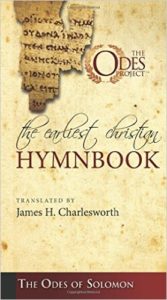Addenda to the Syriac Tradition of the Infancy Gospel of Thomas: A Neglected Edition of the Life of Mary and a Forgotten Palimpsest
In the short time between when I submitted the manuscript of my new book, The Syriac Tradition of the Infancy Gospel of Thomas, to its publisher and when it was printed, two additional sources for the text came to my attention. This was to be expected, particularly for the rather robust Sw recension, in which Inf. Gos. Thom. appears as the fourth of six books in a sprawling Life of Mary collection. It was a big surprise, however, to discover a fifth/sixth-century manuscript belonging to the Sa recension (the best witness to the early form of the text), and that this manuscript had been mentioned in scholarship over a century ago! I promised in the preface to the book that I would publish updates (chiefly via the e-Clavis: Christian Apocrypha entries for the three recensions), but I didn’t think I would be doing it so soon!
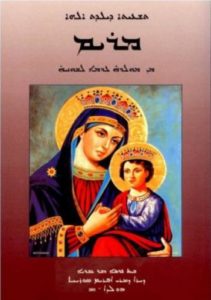 I will cover the Sw manuscript first. It is an uncatalogued and unnumbered manuscript belonging to the Monastery of St. Ephrem in Holland. It was published in a devotional edition prepared by Julius Y. Çiçek (Die heilige Meryem/Tad’itho d’yoldath aloho Maryam. Holland: Bar Hebraeus Verlag, 2001) that came to my attention via Grigory Kessel. These kind of editions are fairly common in places like Cairo and the monasteries of Greece and essentially entail a transcription of a single manuscript, sometimes with translation. Çiçek’s edition is significant not only for its use of a previously unknown manuscript but also because it is …
I will cover the Sw manuscript first. It is an uncatalogued and unnumbered manuscript belonging to the Monastery of St. Ephrem in Holland. It was published in a devotional edition prepared by Julius Y. Çiçek (Die heilige Meryem/Tad’itho d’yoldath aloho Maryam. Holland: Bar Hebraeus Verlag, 2001) that came to my attention via Grigory Kessel. These kind of editions are fairly common in places like Cairo and the monasteries of Greece and essentially entail a transcription of a single manuscript, sometimes with translation. Çiçek’s edition is significant not only for its use of a previously unknown manuscript but also because it is …

